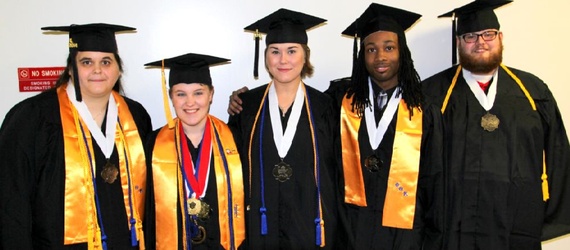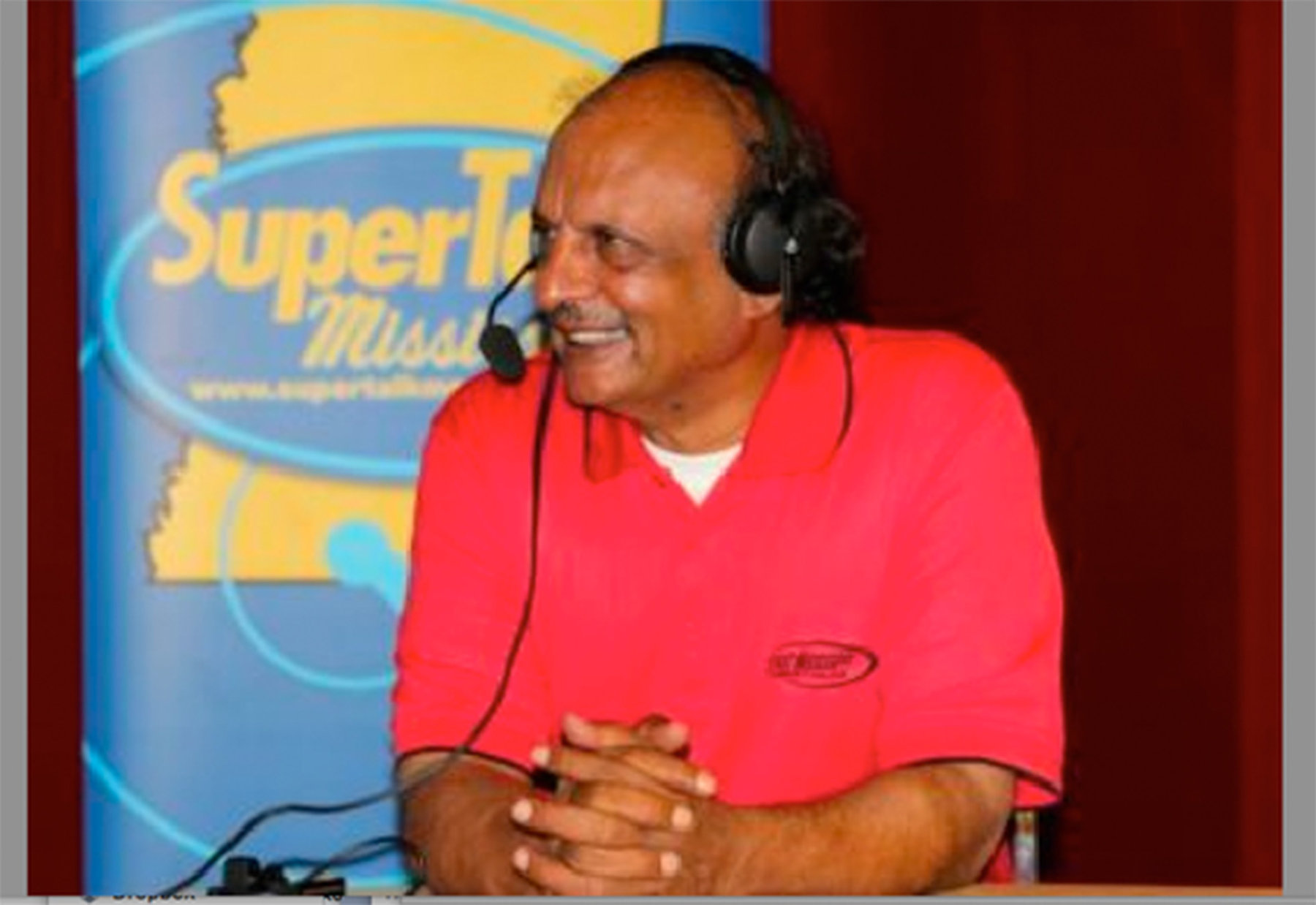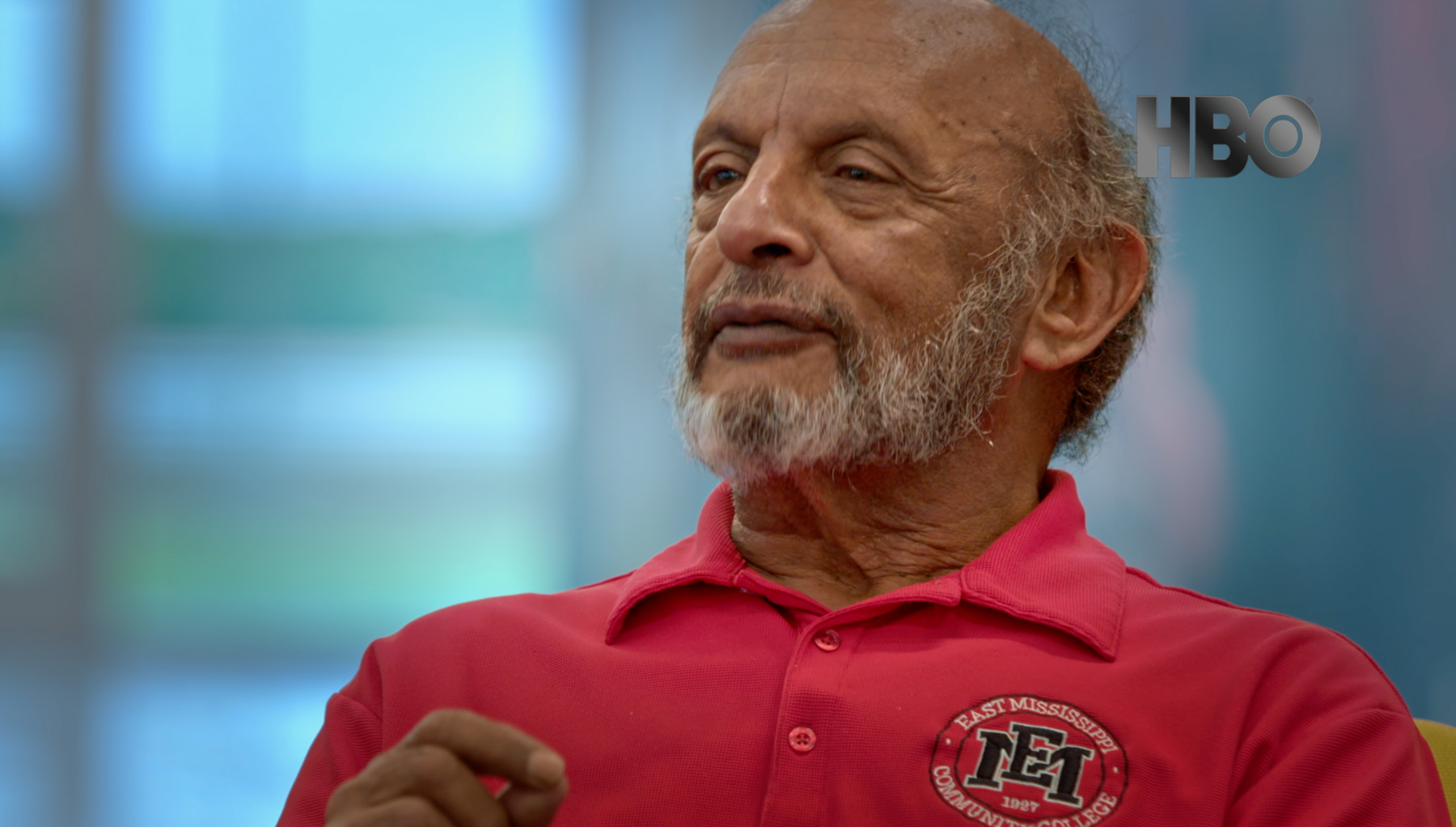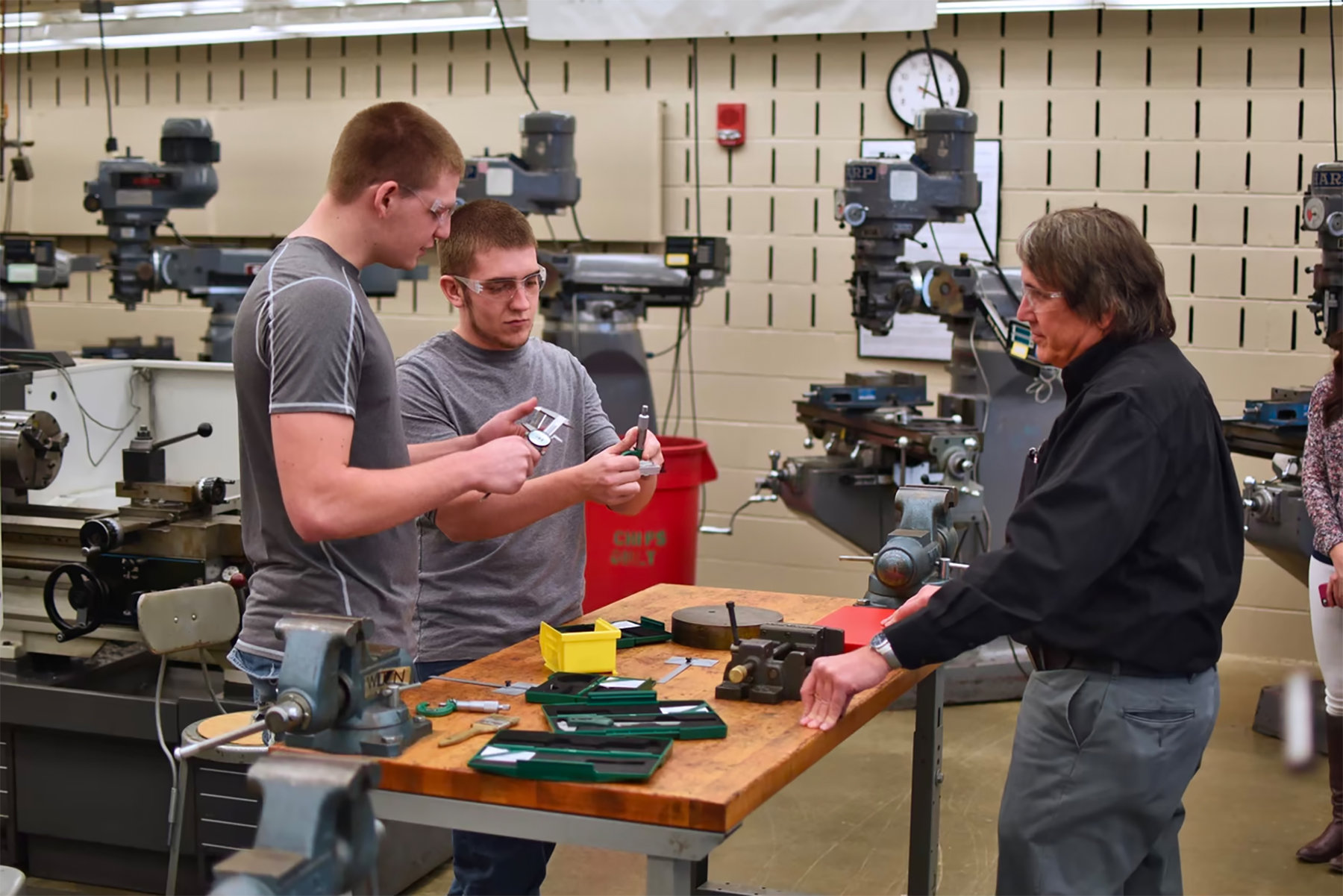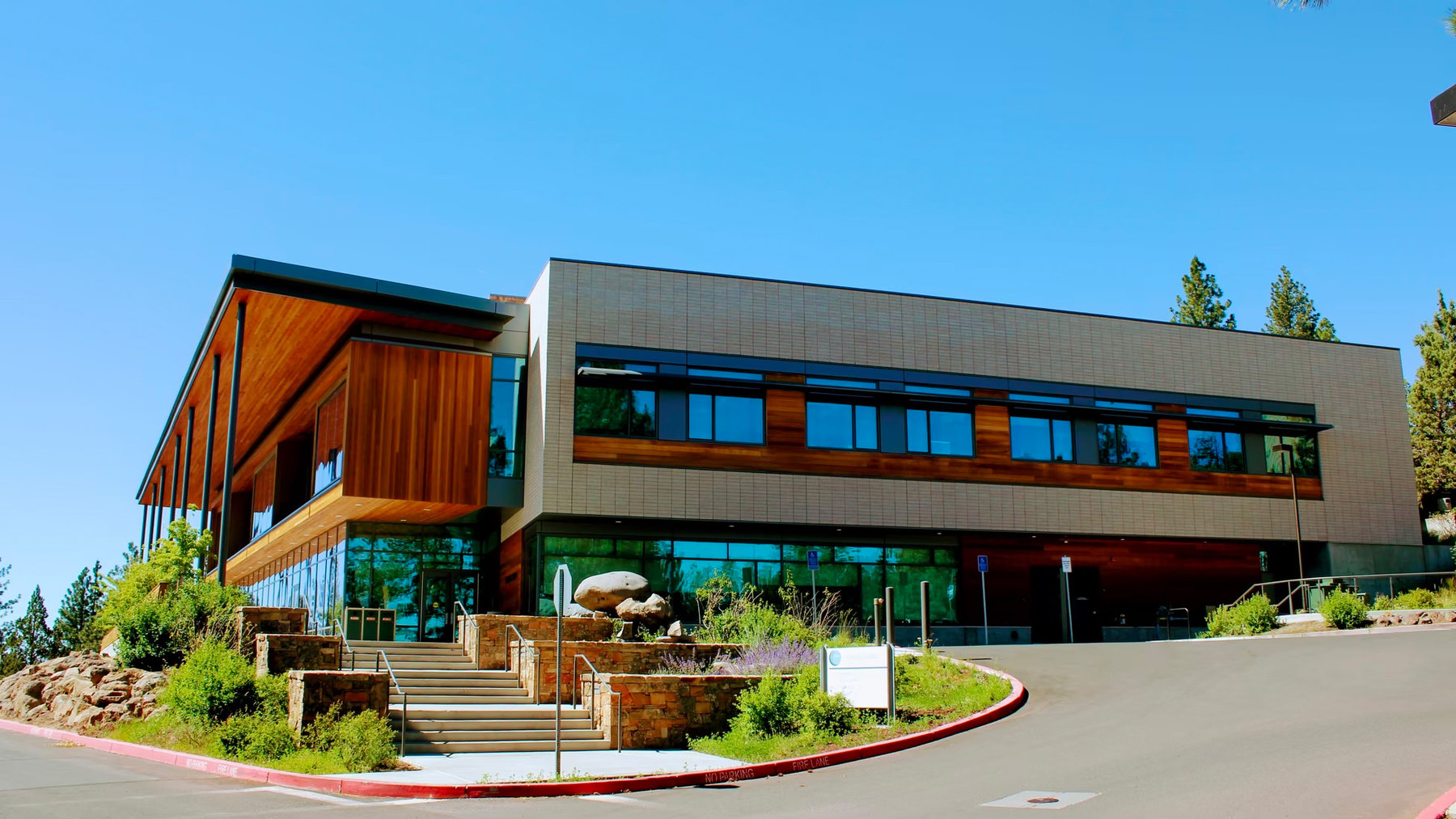In our previous chronicles of economic, industrial, and educational recovery in the “Golden Triangle” of eastern Mississippi, my wife Deb and I discussed the roles of Joe Max Higgins and Brenda Lathan in helping attract major modern industries to the region, and of Chuck Yarborough, Thomas Easterling, and others in helping build the (public) Mississippi School of Mathematics and Science, which got started in the 1980s with the guidance of then-governor William Winter. Links to some of those previous reports, and a Marketplace broadcast from the Golden Triangle, are at the end of this piece.
But when you bring thousands of high-wage, high-skill jobs to an area with very low median income, poorly ranked schools, and a history of farming and low-end factories rather than advanced manufacturing, you raise another question. Where are companies going to find the right people to do these jobs? Sure, lots of people need work. But the ones who have been laid off from packing houses or “cut and sew” minimum wage garment plants, or have not held steady jobs at all, may not be ready to run a billion-dollar modern steel mill or an Airbus helicopter factory.
This is where East Mississippi Community College, or EMCC, comes in.
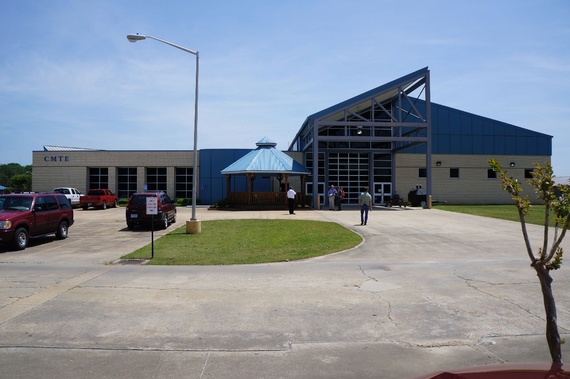
***
In many stops before Mississippi, we’ve been impressed by the emphasis on, and seeming success of, programs for “career technical” education. For example, the Camden County High School in far southern Georgia—or, with a different emphasis the Elementary School for Engineering in Greenville, South Carolina. Back at the dawn of time, when I was in high school, “vocational ed” had a patronizing, loser tone. Today’s “career technical” programs, in contrast, aspire to help people avoid the minimum-wage service-or-retail trap with better-paid jobs as skilled repair technicians, in health care, in construction and design, in advanced modern factories, in law enforcement, and in other “living wage” categories.
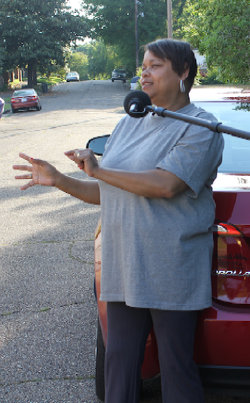
Many of these schools operate on an (admirable) public-good principle. They have no way of knowing where the students they’re training will end up working 10 or 20 from now. So they proceed on the belief that it will be better for the region to have a larger pool of better-skilled workers. (That way, some large corporation might open a branch there, and new startup businesses might arise.) And it is obviously a plus for the students to have more skills and options, whether they stay nearby or leave.
EMCC’s current ambitions are more targeted. The good jobs are coming to its “Golden Triangle” region, thanks to the efforts of its promoters. The big new factories have already brought in thousands of higher-skill, higher-wage jobs. An enormous plant from Yokohama Tires, now under construction, will bring more. The challenge is to prepare local people to qualify for them.
This is the challenge Raj Shaunak has undertaken.
***
Raj’s family is Indian; he was born in Kenya; and as a teenager he moved with his family to England, where he went to college. I will refer to him as Raj because that is how everyone seems to know him locally. When he picks up the phone he says slowly and in a deep voice, “Rajjjj … ” or “This is Raj…” His accent is an arresting combination of UK-Indian and Mississippi-Southern.
In 1972 Raj paid a visit to Mississippi to see his brother, who was then at Mississippi State University in the Golden Triangle city of Starkville. He ended up staying and building a very successful manufacturing business with other family members.
In 1989 the family sold the business, and Raj was freed from workaday economic concerns. On October 31 of that year he dramatically threw his wristwatch into the Tennessee-Tombigbee waterway outside Columbus, and began the next stage of his life. (Me: “Raj, could I call you at 11am tomorrow?” Raj: “Jim, I have no watch, call me when you would like.”) Two years later, he was teaching adult-education courses and math. By 1994 he had begun what is now his major commitment: “workforce development,” or preparing people in the community for the jobs that the economic development commission was trying to attract.
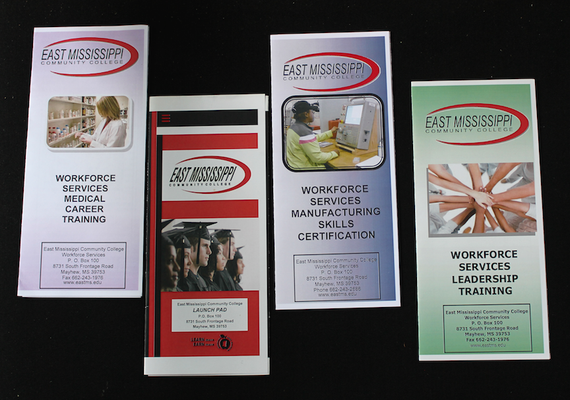
Here is what the results look like in practice:
• EMCC has brochures, billboards, ads, and other publicity (like what you see above) all over town, letting people know about its programs.
• Students who enroll go through what Raj calls “skills-based pathways,” whose details I won’t go through now but are suggested by some of the charts below. The essential point, according both to Raj and to the students I spoke with at EMCC (and alumni I met at several factories), is that students are first assessed to see what they know and what they don’t; they’re brought up to speed in areas of weakness; and they’re exposed to the skills, practices, and disciplines required in modern industrial work. These include precision measurement, ability to read graphs and blueprints, “lean manufacturing” procedures, teamwork and flexibility, trouble-shooting, “continuous improvement,” and all the other traits you’ve heard about if you’ve visited any advanced factory in Japan, Europe, China, or the US.

• In the EMCC training facilities, students work on real versions, or sometimes scaled-down models, of the machinery and products being made in the local factories. I saw them dealing with real engines from the nearby PACCAR factory, and real computer-controlled machine tools.

• I heard about but didn’t see working models of the Yokohama Tire assembly line, preparing candidates for the 500 jobs the company plans to offer when the first stage of its new facility opens up. As part of its comprehensive training deal with Yokohama, EMCC hopes to prepare as many as 5,000 candidates for those positions. “What happens to the ones who don’t get hired?” Raj asks, anticipating the question. “They will have much higher skills, and they will be more marketable—either when Yokohama opens its next phase [another 500 jobs], or anywhere else.”
“We cannot guarantee a job for anyone. We are in the business of training people to be part of a qualified pool of applicants. We’re trying to move people from dependence to enterprise and independence.”
Also as part of the Yokohama deal, all of the company’s own direct hires—”its engineers, its PhDs, its technicians, everyone except the CEO!” as Raj put it—will also go through an EMCC program.
• As a public community college, EMCC’s tuition and fees are low. For instance, an initial skills assessment for the Yokohama program costs $50. Some other courses cost $120. According to Raj, about half the students don’t end up paying anything themselves, because of various benefits for veterans, dislocated workers, etc.
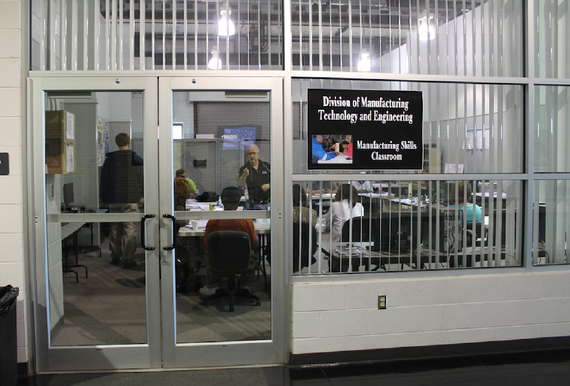
• There may be an underside to EMCC and the programs it is carrying out; I didn’t pretend to be launching a detailed investigation. But at face value, the people I asked—students at the school (without Raj or other officials present), alumni in the factories (some 1/3 of whom had been through EMCC), people around town—all described it as a plus. Just before our visit the state’s Lieutenant Governor had come to town to praise Raj and others at EMCC for what they had achieved.
• Mississippi has the highest proportion of African-Americans of all states, at around 38%. In the Golden Triangle, the balance is roughly 50%+ white, 40%+ black, with Asians, Latinos, and others making up the rest. All the classrooms, cafeterias, libraries, and also factory sites I saw were racially mixed—if not exactly in the 50/40 proportion, then with a much larger black presence than mere tokenism.
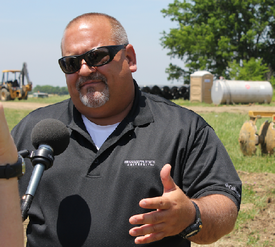
Raj, by the way, seems to enjoy and make the most of his “other” status on the black-white racial grid. He works very closely with Joe Max Higgins, a white, Arkansas-raised sheriff’s son featured in this previous installment. I heard him on a call with Higgins, who was in a rush (as always) and had to hang up. “Joe, Joe, you never have time for the brown man,” Raj said, obviously using a familiar joke line between the two.

A few weeks ago Raj took me for catfish buffet at Lion Hills, a former private (and segregated) country club that has now become a EMCC dining center and golf course, and a training facility for its restaurant-management, chef-training, and “turf management” programs. He worked his way through the racially mixed group of diners and students there, seeming to slightly code-shift his accent from group to group. Bonus note: in most big U.S. cities where I have lived, “How are you?” is a pro-forma question to which no oneexpects a real answer. In this part of Mississippi, people treated it as an actual query, deserving an extended reply. Thus Raj worked the room with a series of several-round discussions with all the people there.

That is more than I intended to write, and more than you may have wanted to read. But it is a sign of why Deb and I have found it so enlightening—and overall encouraging—to see how communities around the country are working to improve their economic, cultural, and educational prospects. We all know the problems Americans are facing, in Mississippi and elsewhere. But I’d had no idea that people like Raj Shaunak were making this kind of effort in this kind of place.
